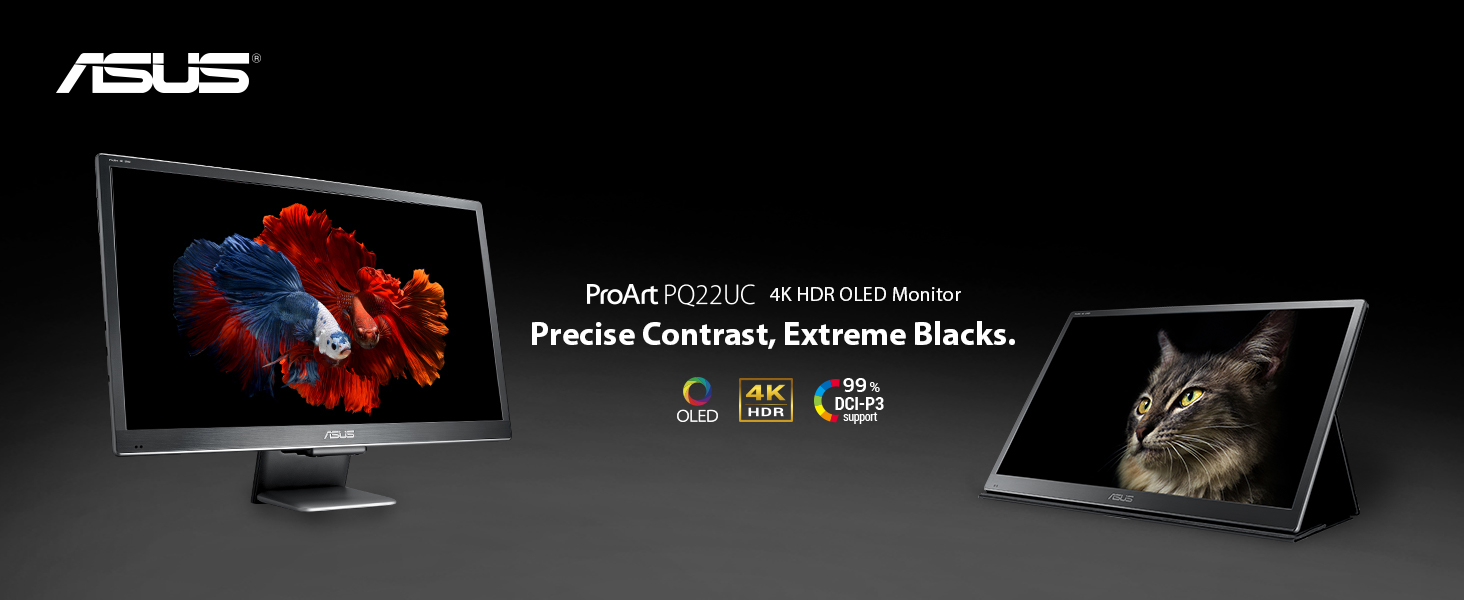The Price of an OLED Notebook
It seems logical that the best comparisons would be those for the lowest priced laptops, given that they have the least number of features, so we looked for relatively new and inexpensive brand that offered both. We made a simple comparison of two relatively inexpensive models released by ASUS (2357.TT) that were as close in features as we could find, and added a 3rd model (higher-end) to give an idea of what other features might be added to boost the price. There are other OLED notebooks we could have chosen for comparison, with prices up to ~$4,000 but the ASUS OLED laptop is one of, if not the lowest priced OLED laptop we could find.
The two ASUS models we compared were the VivoBook and the ZenBook, both of which have 13.3” displays with 1920 x 1080 resolution (Full HD). The OLED based ZenBook is slightly larger (3.6 in2), slightly (0.1”) thinner, and 3.2 oz. lighter than the LCD based VivoBook, has a larger battery (67W vs. 50W), and fewer USB connectors, along with a smaller SSD (256GB vs. 512GB for the LCD laptop). They both run off of the same Windows 10 Home version and have the same Intel processor, GPU and RAM configuration, although the ZenBook (OLED) has a slightly better camera, which leads to the price. The VivoBook sells for $699, while the ZenBook (OLED) sells for $799, which is an unusually low price for an OLED notebook and indicates how OLED displays are moving down the price curve not only in smartphones but also in laptops.
Taking the comparison one step further, the difference in price between the solid state drives in both models averages out to be ~$21 at the retail level (~48% higher), which would likely be lower at the higher volume levels associated with such products, so we estimate that the difference in drive capacity for the ZenBook would save ~$18. The battery comparison is more difficult given that there are fewer direct battery replacements for these specific models, although we could trace it down to an estimated supply chain difference of $22, which would net the two dissimilarities to ~$4 higher for the OLED model.. Taking out the USB 2.0 ports on the ZenBook probably saves $1, so the net higher cost of the OLED model comes to ~$3, although we expect the cost of the OLED driver could add another dollar to the difference. All in, a roughly $5 higher cost for the OLED model. We have added a high-end ASUS OLED notebook for comparison.
We estimate an all-in price difference between the 13.3” LCD and OLED display is between $55 and $70 given the relatively low volumes of this OLED display size relative to LCD, which would give ASUS a $46 to $66 premium for the ZenBook, although a more realistic estimate would be $39 to $59 if promotional costs are included. We expect ASUS allows retailers to garner a slightly higher margin on the OLED product to help with promotion, so when it comes down to the actual premium that the OLED model generates is ~6%. Given that this is or at least is currently the lowest price 13.3” OLED laptop that sets a base for laptop OLED premium generation, with the expectation that higher priced OLED laptops generate a higher premium for the brand, given the ability to bury that premium in a greater number of features. As the production of notebook sized OLED displays continues to ramp, we expect penetration to ramp accordingly as it did with OLED smartphone displays, and without the necessity to convince customers that OLED was a legitimate and higher quality display than LCD, which was the case when OLED smartphone displays were first introduced..

 RSS Feed
RSS Feed